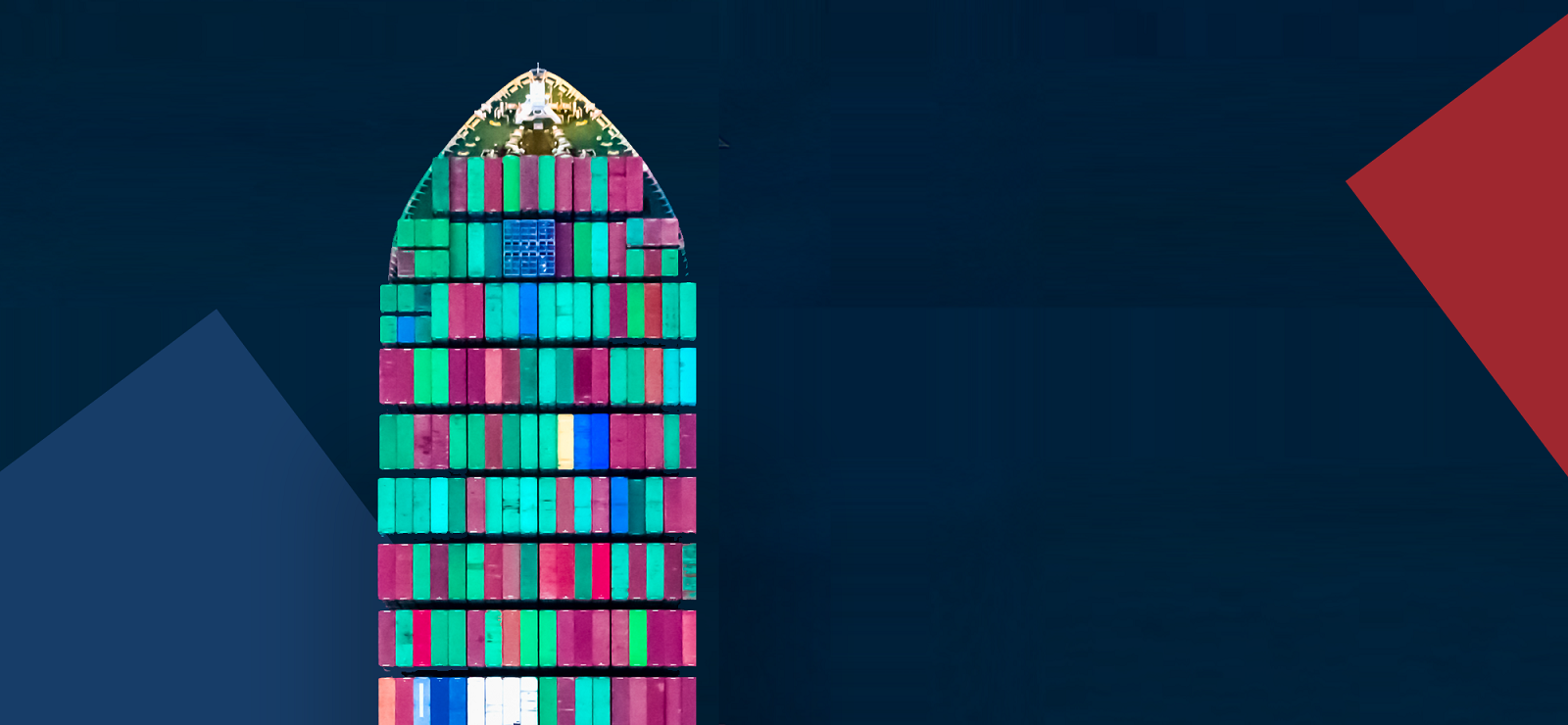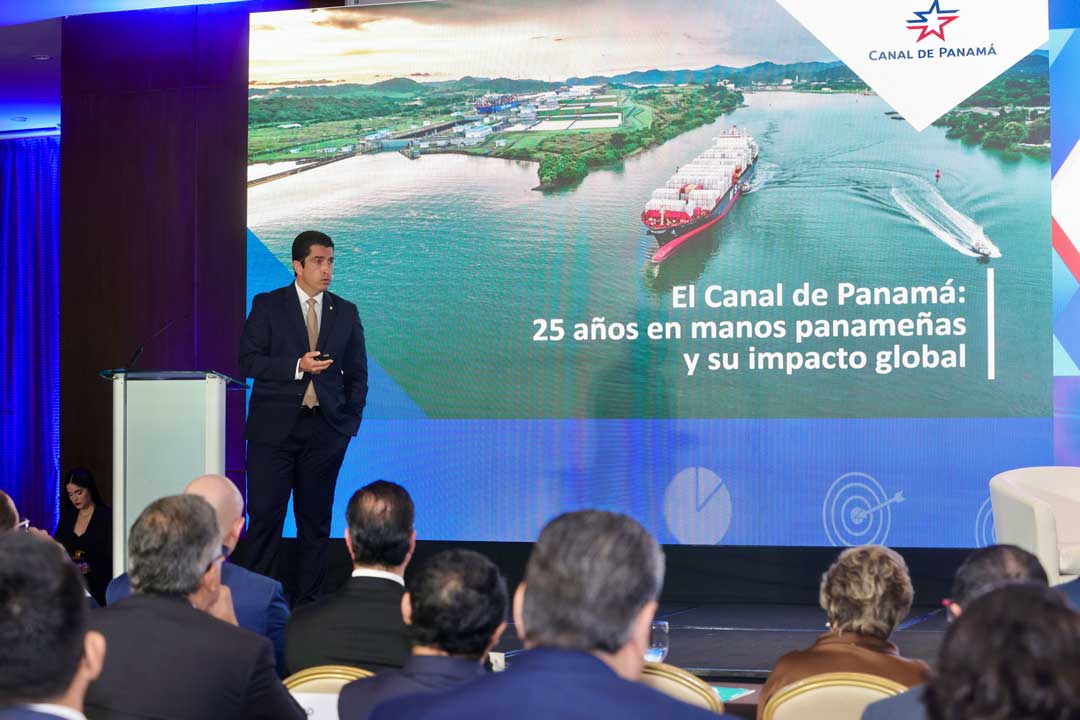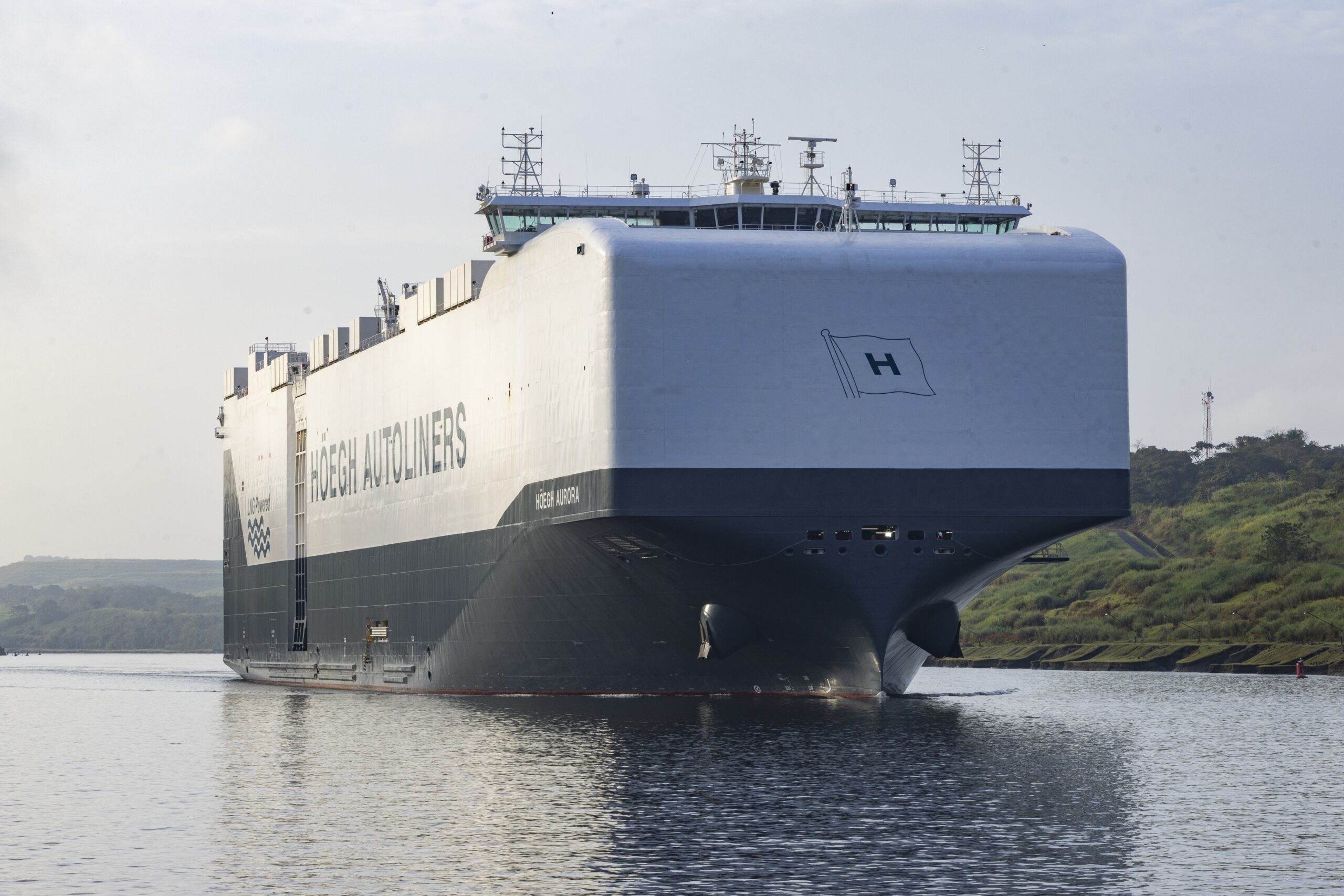TONNAGE, REVENUE INCREASE; RISE IN PANAMAX VESSEL TRANSITS
PANAMA CITY, Panama, April 29, 2004 –The Panama Canal Authority (ACP) announced today second quarter (Q2) operational metrics for fiscal year 2004. Q2 data reveals an increase in tonnage flow and a rise in Panamax vessel (the maximum size vessel that can pass through the Canal) transits. Moreover, there was a notable increase in Canal revenue. These metrics are based on operations from January through March of 2004, the second quarter of the ACP’s 2004 fiscal year.
Panama Canal/Universal Measurement System (PC/UMS) tonnage increased this quarter by 7.8 percent – to 68,188,071 PC/UMS tons compared with 63,268,516 PC/UMS tons reported in Q2 FY2003. A record set on March 16, 2004, of more than one million (1,005,551) net PC/UMS tons transited through the Canal in one day helped to bolster these numbers.
Total transits increased 7.8 percent – to 3,842 transits this quarter from 3,565 reported in Q2 FY2003. Among these transits, there was a six percent boost in Panamax vessel traffic – to 1,310 vessels from 1,236. Total revenue for Q2 FY2004 increased 12.8 percent – to $193.6 million from $171.6 million in Q2 FY2003.
There was a 17.5 percent increase in container tonnage – to 13,006 tons* from 11,071 tons* reported in Q2 FY2003. Crude oil increased 51.3 percent – to 1,353 tons* from 894 tons*. Container tonnage continues to rise due to increased trade between the United States and Asia. Movement of crude oil through the Canal continues to increase due to economic demand. (*Note: These figures are reported in thousands of long tons.)
“The Canal’s position as a leader in international trade continues to progress. Our operational improvements and capital investments continue to yield great results. We continue to strive to meet the needs of our clients: improving reliability, safety and efficiency,” said Administrator Alberto Alemán Zubieta.
Maintenance and capital improvement initiatives, as well as increases in Panamax traffic and tonnage, led to a rise in Canal Waters Time (CWT), the average time it takes a vessel to navigate the Canal including waiting time for passage. Total CWT increased 16 percent – to 24.6 hours in Q2 FY2004 from 21.2 hours in Q2 FY2003, while CWT for booked vessels increased 2.8 percent – to 16.32 from 15.88 hours. The improvement projects were part of the permanent modernization program and will ultimately lower future CWT and enhance Canal efficiency.
Four official accidents were reported this quarter; none were reported Q2 of FY2003. Five official accidents were reported for the combined period of Q1 and Q2 FY2004, compared with four reported in Q1 and Q2 FY2003. An official accident is one in which a formal investigation is requested and conducted.
About the Panama Canal Authority (ACP)
The ACP is the autonomous agency of the Government of Panama in charge of managing, operating and maintaining the Panama Canal. The operation of the ACP is based on its organic law and the regulations approved by its Board of Directors. For more information, please refer to the ACP’s website: http://www.pancanal.com/.
The Authority’s responsibility to the Panamanian people is paramount. The Canal belongs to the people and benefits from the Canal should accrue to as many Panamanians as possible. The Authority will plan its future so that it will continually contribute to the economic development and welfare of the citizens of Panama. For nearly 90 years, the Panama Canal has served as the global gateway – a pathway for the shipment of major world commodities. Since the end of 1999, the ACP assumed the responsibility for the management, operation and modernization of the Canal as well as the protection and conservation of its watershed.
In the past four years, the ACP has made significant strides – shifting to a market-oriented business model focused on customer service and reliability, making major capital investments for new and modern equipment and machinery, increasing safety and operational efficiency for customers, decreasing the time it takes ships to travel through the Canal and widening and deepening sections of the waterway.
An important transportation link, the Canal services more than 140 different transportation routes from every corner – it is where major trading routes of the world connect and intersect providing safe, reliable and secure passage for all vessels.




